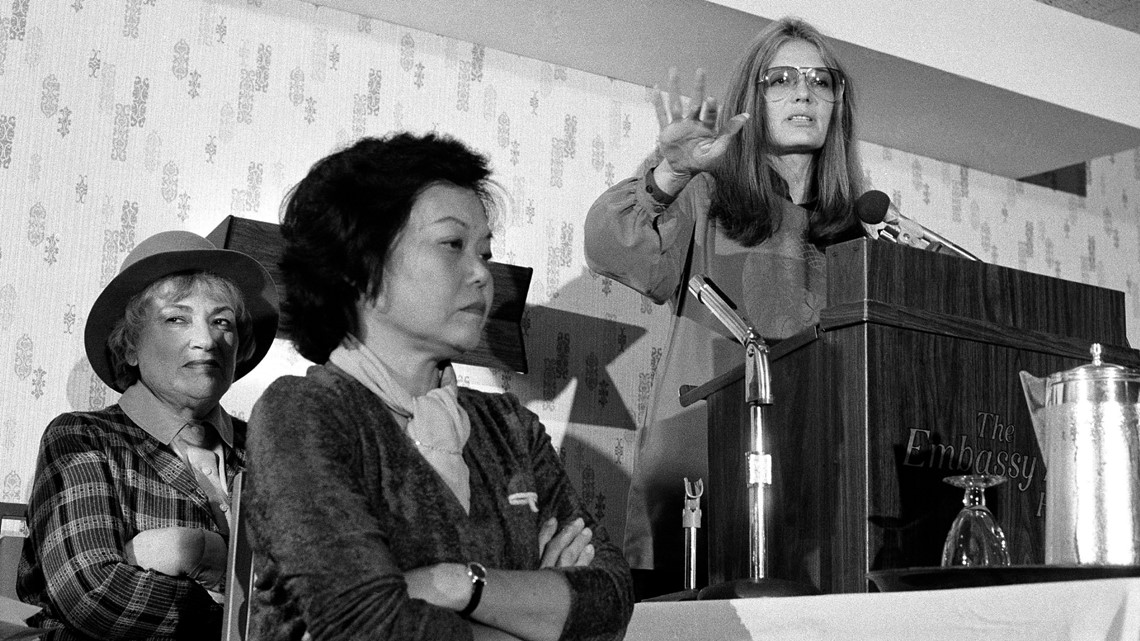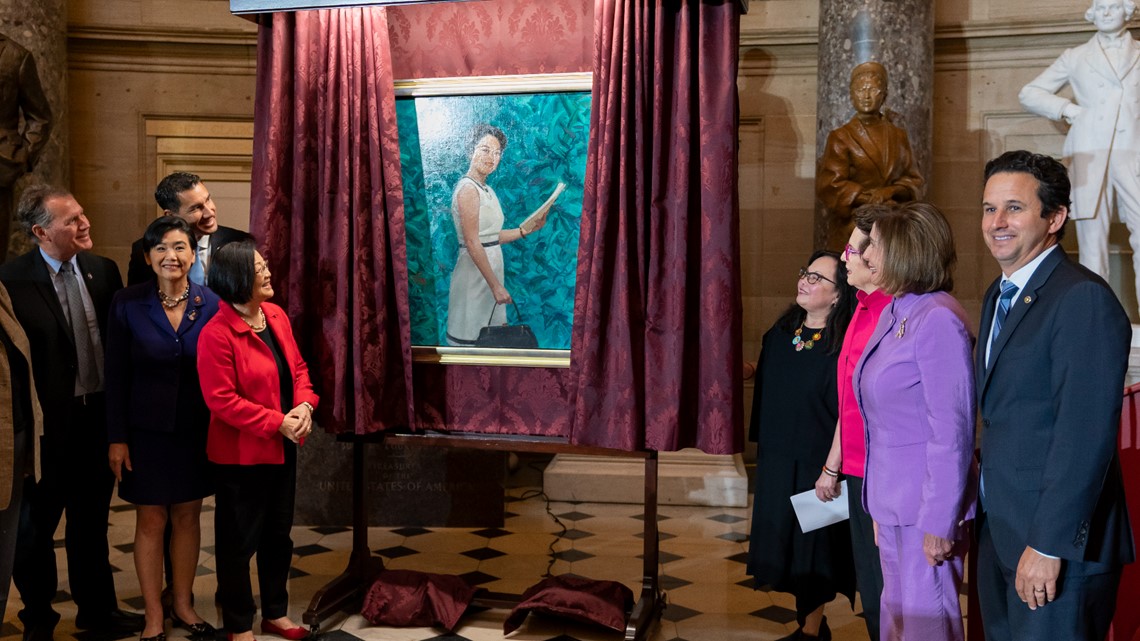May is Asian American and Pacific Islander (AAPI) Heritage Month, a time to recognize and celebrate the culture, history and achievements of the AAPI community in the United States.
A tweet claims that Rep. Patsy Mink (D-HI), an Asian American woman, was the first woman of color to serve in Congress and later ran for president. It also claims that Mink authored Title IX and other laws aimed at protecting the rights of women.
THE QUESTION
Was Patsy Mink the first woman of color to serve in Congress?
THE SOURCES
THE ANSWER
Yes, Patsy Mink was the first woman of color and the first Asian American woman to serve in Congress. She was first elected in 1964 and later became the first Asian American woman to run for president. Mink also served as a major author and sponsor of Title IX.
WHAT WE FOUND
Rep. Patsy Mink (D-HI), a champion of women’s rights who helped write and sponsor Title IX, was the first woman of color and the first Asian American woman to serve in Congress.
The former congresswoman was born Patsy Matsu Takemoto in Hawaii on Dec. 6, 1927. Her parents, Suematsu and Mitama Takemoto, were second-generation Japanese immigrants, the National Park Service says.
After graduating from high school as class president and valedictorian in 1944, Patsy went on to earn a bachelor’s degree in zoology and chemistry from the University of Hawaii, according to her biography published by the U.S. House of Representatives.
Patsy had hoped to attend medical school, but turned to law instead after all of her applications were rejected because she was a woman. She earned her law degree from the University of Chicago Law School in 1951 and married her husband, John Francis Mink, the same year.
Patsy and John Mink returned to Hawaii, where Patsy became the first Japanese-American woman to practice law in the then-territory, according to the National Women’s Hall of Fame.
In 1956, Mink launched her political career when she was elected to Hawaii’s House of Representatives. She later won a seat in the territorial Senate, where she served from 1958 to 1959, the U.S. House of Representatives says.
Less than a decade later, after Hawaii achieved statehood, Mink made history when she won a seat in the U.S. House of Representatives in 1964. She became the first woman of color and the first Asian American woman to serve in Congress. Mink represented Hawaii from 1965 to 1977, and again from 1990 until her death in 2002, for a total of 12 two-year terms.
Mink is often remembered as an advocate for women’s rights, co-authoring the landmark Title IX law and other legislation.
Title IX, which former President Richard Nixon signed into law in June 1972, prohibits sex discrimination in education programs and activities that receive federal funding. Mink, who introduced the Title IX legislation in Congress, is recognized as its “major author and sponsor,” according to the United States Courts website. After Mink’s death in 2002, Title IX was renamed the Patsy Mink Equal Opportunity in Education Act.


Mink was also instrumental in the passage of the Women’s Educational Equity Act in 1974. The legislation provided $30 million per year in educational funds for programs to promote gender equity in schools, to increase educational and job opportunities for women, and to remove gender stereotypes from school textbooks and curricula, according to the U.S. House of Representatives.
But Mink’s advocacy work did not stop with women’s rights. She also championed the rights of immigrants and minorities and worked to protect the environment.
In 1971, Mink sued the Environmental Protection Agency to release documents about nuclear testing. She also became the first Asian American woman to run for president that same year, opposing the Nixon administration’s reversals of civil rights legislation and continuation of the Vietnam War, according to the National Park Service.
In between Mink’s service in the U.S. House, she served in former President Jimmy Carter’s administration and supported various political organizations in Hawaii.
In November 2014, President Barack Obama posthumously awarded Mink with the Presidential Medal of Freedom, one of the highest civilian honors in the nation.
“Patsy was many ‘firsts’ – including the first woman of color in Congress – and to those of us in Hawaii, she represented the best of public service and the Aloha spirit,” Obama said. “And if she was a first, she dedicated her life to making sure that she would not be the last. From championing civil rights to…fighting against gender discrimination, Patsy was a passionate advocate for opportunity, equality and realizing the full promise of the American Dream.”



